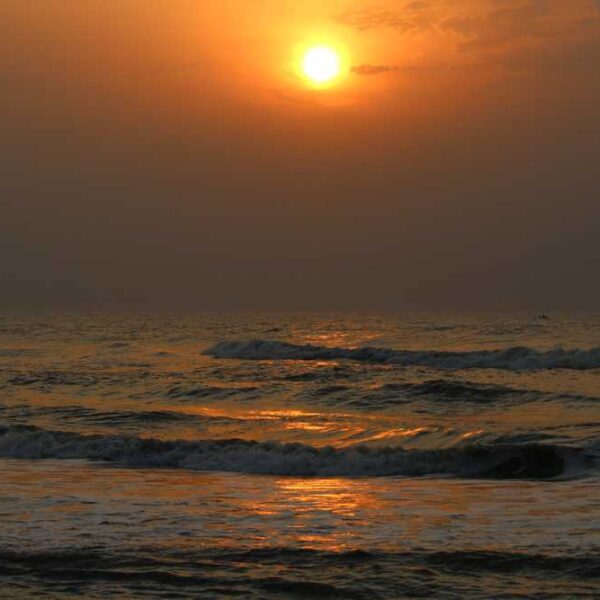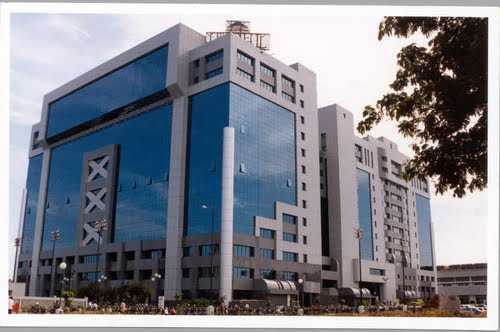Complete Guide about Parthasarathy Temple
-
Location
Arulmigu Sri Parthasarathy Perumal Temple Tiruvallikeni Car St, Narayana Krishnaraja Puram, Triplicane, Chennai, Tamil Nadu 600005
-
Timings
Every Day
5:30 AM - 12:00 PM
4:00 PM - 9:00 PM -
Entry Fee
Free Entry


Parthasarathy Temple
About Parthasarathy Temple
The Parthasarathy Temple, a more than 1,000-year-old building in Chennai’s Triplicane district that stands in the centre of the busy city. The temple, which has several shrines dedicated to various Lord Vishnu incarnations, draws thousands of Vaishanvite devotees from all across the nation. The charioteer form of Lord Krishna, who sat behind the wheel of Arjuna’s chariot during the battle, gave the temple its name. Parthasarathy Temple is one of the 108 sacred temples to Vishnu that are included in the canonical Tamil literature known as Divya Prabandha, which was written by the Alvar saints between the sixth and ninth centuries.
The temple is home to Narasimha, Rama, Gajendra Varadaraja, Ranganatha, and Krishna, five distinct manifestations of Vishnu. These are known by many names in Tamil. Within the Dravidian architecture from the eighth century are countless other shrines. Due to the abundance of temples dedicated to the religion of Vishnu, Chennai is a popular destination for pilgrims of that faith. One of the oldest and most well-known of them is the Parthasarathy Temple. The building and its historical background are the subject of several legends, and these tales are fascinating as well.
Parthasarathy Temple Official website Link www.parthasarathy.hrce.tn.gov.in
The Legend Parthasarathy
The Parthasarathy Temple has been mentioned in a wide variety of myths. One of the most well-known legends is that the Saptarshi, or the seven heavenly sages from Hindu mythology, worshipped the temple’s five gods. The renowned epic Mahabharata makes reference to the Parthasarathy god that resides inside the temple and has its own tale. The word “sarthi” signifies a charioteer and is derived from the Sanskrit words “partha,” which is Arjuna’s second name.Parthasarathy was the name given to Krishna because he steered Arjuna’s chariot during the Kurukshetra battle in the Mahabharata. The scars on the deity of the lord’s face are a nod to the wounds Krishna received during the struggle between Arjuna and Bhishma.
Another legend has the sage Atreya and King Sumati. The sage was searching for a location to meditate, so Vedavyas guided him to Brindaranya Kshetram, where there was also an idol of Krishna in the Parthasarathy form. Additionally, this is where King Sumati was performing his penance so he may view the Lord’s Parthasarathy picture. When the sage arrived, his wish was granted, and he built a shrine to honour the Lord here.
The Histroy
One of Chennai’s oldest architectural buildings is the Parthasarathy Temple. The Vijayanagara rulers in the late 15th century expanded and restored the structure that the Pallava emperor Narasimhavarman I had originally erected in the eighth century CE. The contributions of both dynasties are documented in inscriptions found inside the temple. In the Divya Prabandha and the classical Tamil literature on Vaishnavism, the shrine is also described with great praise. Between the sixth and ninth centuries, the Alwar saints wrote these.
The Architecture :
The Parthasarathy temple features gopurams (gate towers), mandapas (halls), and intricately carved and stuccoed statues. Its construction is characteristic of Dravidian style. Beyond the primary Parthasarathy shrine, the building has five major deities: Sri Ranganatha, Sri Rama, Sri Gajendra Varadaraja, Sri Narasimha, and Sri Vedavalli Thayar. The shrine of Andal is another shrine that merits mentioning. Out of the 12 Vaishnavite Alwars, she was the only female saint.
The Parthasarathy or Sri Venkatakrishna Swamy statue is located in the sanctum sanctorum, and is flanked by his spouse Rukmani, brother Balaram, friend Satyaki, son Prathymnan, and grandson Anirudhan. Together, the five warriors make up the Pancha Veera, which is consistent with numerous tales from the Mahabharata or the canonical writings of Vaishnavism. The spouse of Vishnu, Goddess Mahalaxmi, is supposed to have been born in the temple’s holy pond. The tank, according to the locals, was constructed on top of five holy wells that contained holy water. In this tank, the masi theppam festival, also known as the float festival, is held.

Dekho Apna Desh
The DAD of Tourism
Get Direction to Parthasarathy Temple
Near Attractions




